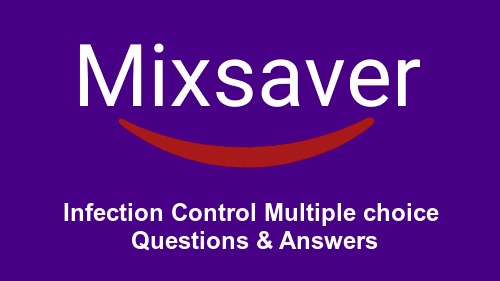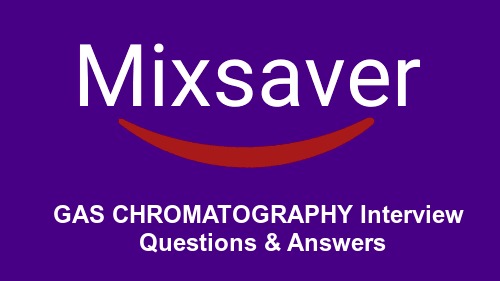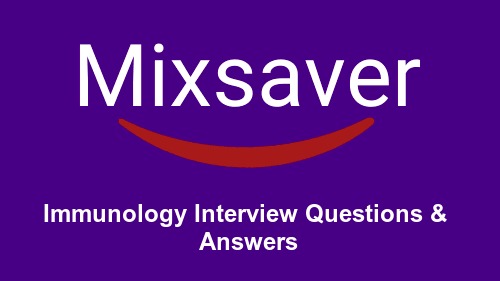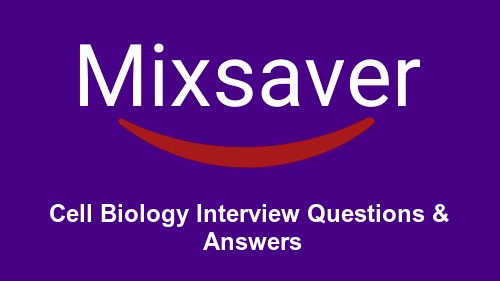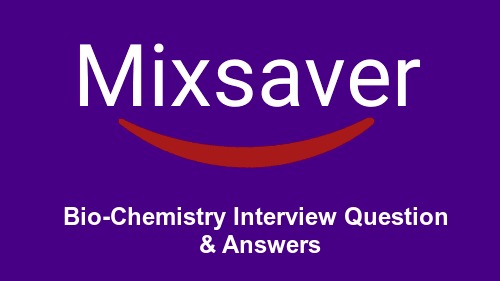1. growth replication determined by the environment
A. bacteria
B. fungi
C. viruses
D. protozoa
Ans: A
2. tend to mutate or change during replication making it very difficult for a host to develop adequate_________immunity.
A. bacteria
B. fungi
C. viruses
D. protozoa
Ans: C
3. touching infectious lesion or sexual intercourse
A. direct contact
B. indirect contact
C. droplet transmission
D. vector-borne
E. noscomial
Ans: A
4. released after cell death and may cause fever, weakness, or may have serious effects on the circulatory ------------------ dysfunction.
A. endotoxins
B. exotoxins
Ans: A
5. the reservoir is the source of infection (person,animal, water, food)
A. true
B. Fals
Ans:A
6. pathogens are:
A. disease causing microbes germs or bugs
B. non disease causing and are benificial
Ans:A
7. occurring when respiratory of salivary secretions containing pathogens such as influenza or tb are --------------- expelled from the body.
A. direct contact
B. indirect contact
C. droplet transmission
D. vector-borne
E. nosocomial
Ans: C
8. diffuse through bodily fluid and they stimulate antibodies or antitoxin production.
A. endotoxins
B. exotoxins
Ans:B
9. common signs and symptoms include cysts, abdominal pain, appeteite loss, ulcers, anemia.
A. bacteria
B. fungi
C. viruses
D. protozoa
Ans:D
10. some have an external capsule or slime layer offering additonal protection against human defenses.
A. bacteria
B. fungi
C. viruses
D. protazoa
Ans:A
11. single individuals or localized groups
A. epidemic
B. pandemic
C. endemic
Ans:A
12. live and grow EVERYWHERE (animals, plants, humans, food, medical equipment)
A. bacteria
B. fungi
C. viruses
D. protozoa
Ans:B
13. worms, not microorganisms but are parasites and cause infection in humans. they destroy living cells and ----------- are common in intestines, heart, worms, hookworms, whipworms, and round worms.
A. influenza
B. amebic dysentery
C. helminths
Ans:C
14. drugs derived from organisms such as penicillin from mold. now many drugs are synthetic
A. anitmicrobials
B. anitibiotics
C. bactericidal
Ans: B
15. causes skin infections
A. staphylococci
B. streptoccia
C. diplococci
Ans: A
16. not causing disease and may be benificial
A. pathogenic
B. non-pathogenic
Ans:B
17. ends when the host reisitance becomes effective
A. incubation period
B. prodromal period
C. acute period
Ans:C
18. genetic material takes over control of the host cell, using the host's capacity for cell metabolism for -------------------- replication.
A. bacteria
B. fungi
C. viruses
D. protozoa
Ans:C
19. staph that has developed resistance to Penicillin and methicillin and related drugs, primary mode of --------------------- transmission is hands, life threatening
A. VRE
B. MRSA (methicillin resistant staphlococcus aureus)
Ans:B
20. protozoa that causes a sexually transmitted infection of the reproductive tracts of men and women, -------------------- attaching to the mucous membranes and causing inflammation.
A. amebic dysentery
B. helminths
C. trichomonas vaginalis
Ans:C
21. worldwide infection
A. epidemic
B. pandemic
C. endemic
Ans:B
22. AIDS is caused by:
A. the herpes virus
B. poor personal hygiene
C. the HIV virus
D. contaminated food
Ans:C
23. infection to a certain area consistently occurring in that popluation
A. epidemic
B. pandemic
C. endemic
Ans:C
24. spread through spores which are reisistant to temp changes and chemicals
A. bacteria
B. fungi
C. viruses
D. protozoa
Ans:B
25. Bacteria and viruses can enter the body through:
A. oily skin
B. dry skin
C. broken skin
D. moist skin
Ans:C
26. the time between entry of the organism into the body and appearnace of clinical signs symptoms of the --------------------- disease.
A. incubation period
B. prodromal period
C. acute period
Ans: A
27. cultures, blood tests, and radiology (x rays) are used to diagnose infection
A. true
B. false
Ans:A
28. growth promoted by warmth and moisture
A. bacteria
B. fungi
C. viruses
D. protozoa
Ans:B
29. infection occur in health care facilities including hospitals by any method (MRSA, VRE.)
A. direct contact
B. indirect contact
C. droplet transmission
D. vector-borne
E. nosocomial
Ans: E
30. involving intermediary such as a contaminated hand or food or inanimate objects
A. direct contact
B. indirect contact
C. droplet transmission
D. vector-borne
E. nosocomial
Ans: B
31. causes pneumonia
A. staphylococci
B. streptoccia
C. diplococci
Ans: C
32. causes respiratory infections
A. staphylococci
B. streptoccia
C. diplococci
Ans: B
33. require oxygen, carbs, a specific pH, temp
A. bacteria
B. fungi
C. viruses
D. protazoa
Ans:A
34. very few are pathogenic, most are considered beneficial since they are important in the production of ----------------- yogurt, beer, and other foods, as well as serving as a source of antiboitic drugs
A. bacteria
B. fungi
C. viruses
D. protozoa
Ans: B
35. amebic dysentery of large intestines creating severe diarrhea and live abscesses, is caused by a parasite -------------- in the large intestines, vietnam vets, banannas.
A. STD
B. amebic dysentery
C. helminths
Ans: B
36. may cause infection in the oral cavity (thrush in infants) or vaginal infection
A. tinea pedis
B. candida
Ans:B
37. transmitted by oral fecal route, sex, water, shelfish,
A. hep a
B. hep b
C. hep c
D. hep d
Ans:A
38. can live independently, some live on dead organic matter, and others are parasites living on or in another -------------- iving host.
A. bacteria
B. fungi
C. viruses
D. protozoa
Ans: D
39. Which are specific to target antifugal, antiviral, antibacterial, these drugs are unique to the type of --------------- organism and are NOT interchangeable.
A. antibiotics
B. antimicrobials
C. broad spectrum
Ans: B
40. unicellular microorganisms that do NOT require living tissue to survive. they are very simple in structure -------------- with a very complex cell wall and they reproduce.
A. viruses
B. bacteria
C. fungi
D. protozoa
Ans:B
41. Which exist in many similar forms or strains
A. bacteria
B. fungi
C. viruses
D. protozoa
Ans: C
42. when an insect or animal serves as an intermediary in a disease such as malaria
A. direct contact
B. indirect contact
C. droplet transmission
D. vector-borne
E. nosocomial
Ans: D
43. more complex organism, unicellular, mobile, lack a cell wall, and may change shapes
A. bacteria
B. fungi
C. viruses
D. protozoa
Ans:D
44. hepatitis is a viral infection from liver
A. true
B. false
Ans: A
45. hard to control, they can hide inside the human cell; they can alter the host cell chromosomes, thus ------------------ leading to the development of malignant cells or cancer.
A. bacteria
B. fungi
C. viruses
D. protozoa
Ans:C
46. a very small parasite that requires a LIVING host cell for replication.
A. bacteria
B. fungi
C. viruses
D. protozoa
Ans:C
47. Ultrasonic bath cleaners are an effective way to clean tiny crevices in implements only when used with:
A. 70% isopropyl alcohol
B. sodium hypochlorite
C. an effective disinfectant
D. an effective astringent
Ans:C
48. most common nosocomial infection in the world, anaerovic bacterium infection, acquired in hospitals, ------------------ develop colities following antibiotic intake, 1/3 infected dont have symptoms.
A. Staph
B. VRE
C. clostridium difficile
Ans:C
50. some remain latent after invasion; they enter the host cells and replicate very slowly or not at all until -------------- some later time.
A. bacteria
B. fungi
C. viruses
D. protozoa
Ans:C
